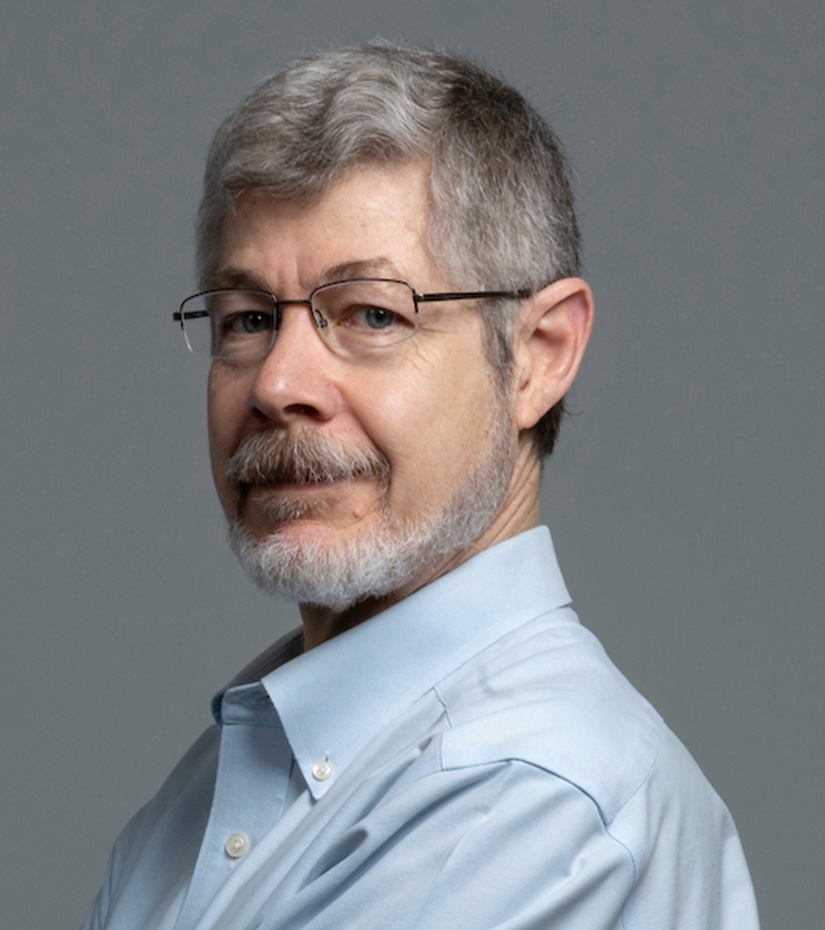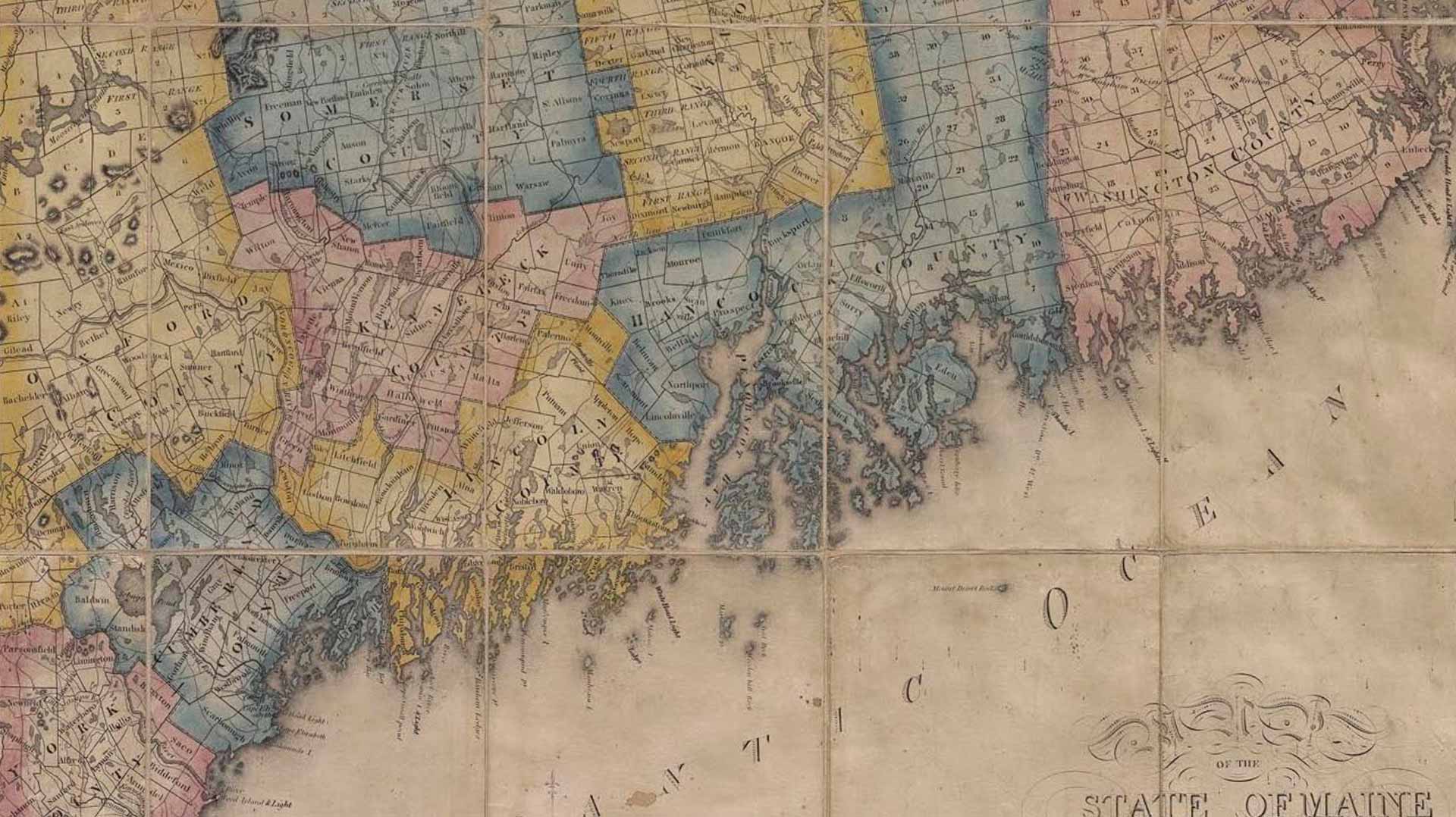Professor of Anthropology and Climate Studies, University of Maine
he/him
Dan Sandweiss is a professor of anthropology and climate studies at the University of Maine and a member of the U.S. National Academy of Sciences. He is currently the President of the Society for American Archaeology. Most of Dan’s research takes place on the coast of Peru, where he studies ancient fishing and climate change, especially El Niño. Early in his career, he did archaeology in Guatemala, Honduras, and Cuba, where (thanks to his long association with Thor Heyerdahl), he had the chance to have coffee with Fidel Castro. Dan enjoys talking with folks about archaeology and exploring how lessons from the past might have relevance here and now.

Talks
The Pyramids of Túcume: The Archaeology of an Ancient Peruvian City
Túcume was a pyramid center and city from about 1100 AD until the Spanish Conquest in 1532 AD. In the late 1980s and early 1990s, Norwegian explorer Thor Heyerdahl (the Kon Tiki man) organized an archaeological project at the site and hired Dan Sandweiss to co-direct the research. In this talk, Dan describes the finds at Túcume and explores with the audience some of the possible positive and negative lessons for today drawn from the ways that the inhabitants met daily challenges and responded to crises. This is an illustrated talk.
The Prehistory of El Niño
El Niño is a climatic phenomenon based in the Pacific Ocean but connected to climate around the world, including Maine. For over 40 years, Dan Sandweiss has studied El Niño on the coast of Peru and how it has affected cultural development in the area. He draws on archaeology, history, and climatology to outline the positive and negative effects of El Niño and how people adapted to it in ancient Peru. This is an illustrated talk.
Swamp Life: How Folks Lived on the Caribbean Coast of Honduras in the 20th Century
In 1981, Dan Sandweiss spent 6 months in a swamp on the Caribbean coast of Honduras. Here, he describes how people lived–how they got food, prepared charcoal, built dugout canoes, controlled land, and connected across the swamp. This is an illustrated talk.

